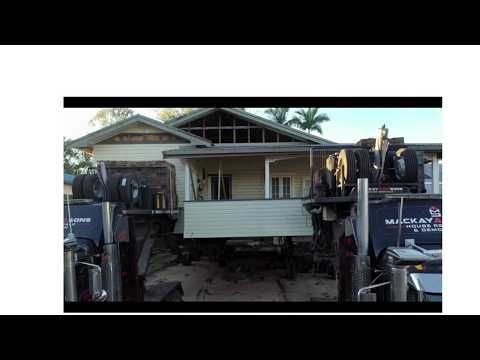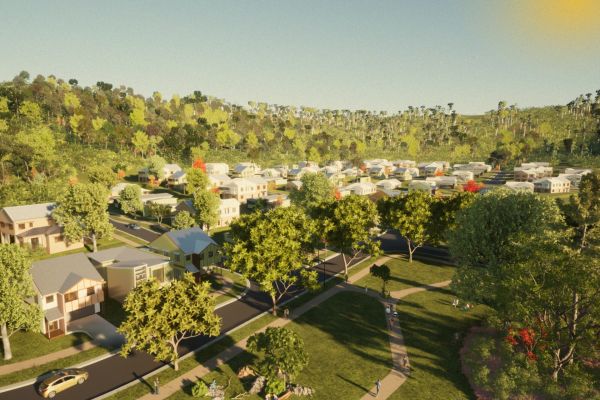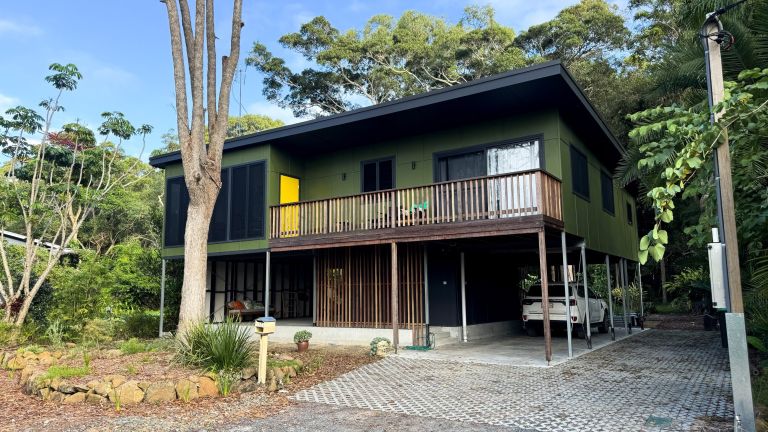Resilient Homes Program information and how to apply
Program eligibility criteria
Understand who is eligible to apply and view flood mapping for the program.
Individual and Exceptional Circumstances Policy
The prioritisation for the program takes into account people’s circumstances together with the home’s future flood risk and the impact of the flood event/s.
Home Buybacks
Find out more about the Home Buyback stream, where homes that are at greatest risk to life are purchased by the NSW Government.
Resilient Measures
Learn about the different measures and information for homeowners undertaking resilient works.
Stories of repair and renewal

2:44
A relocation journey of a Buyback Home
In this video, we follow the relocation of Stacey and Ben's home in North Lismore to a new, safer location.
Fact sheets and guidance about the Resilient Homes Program
Find resources about the Resilient Homes Program in our publications and reports library

Last updated:
